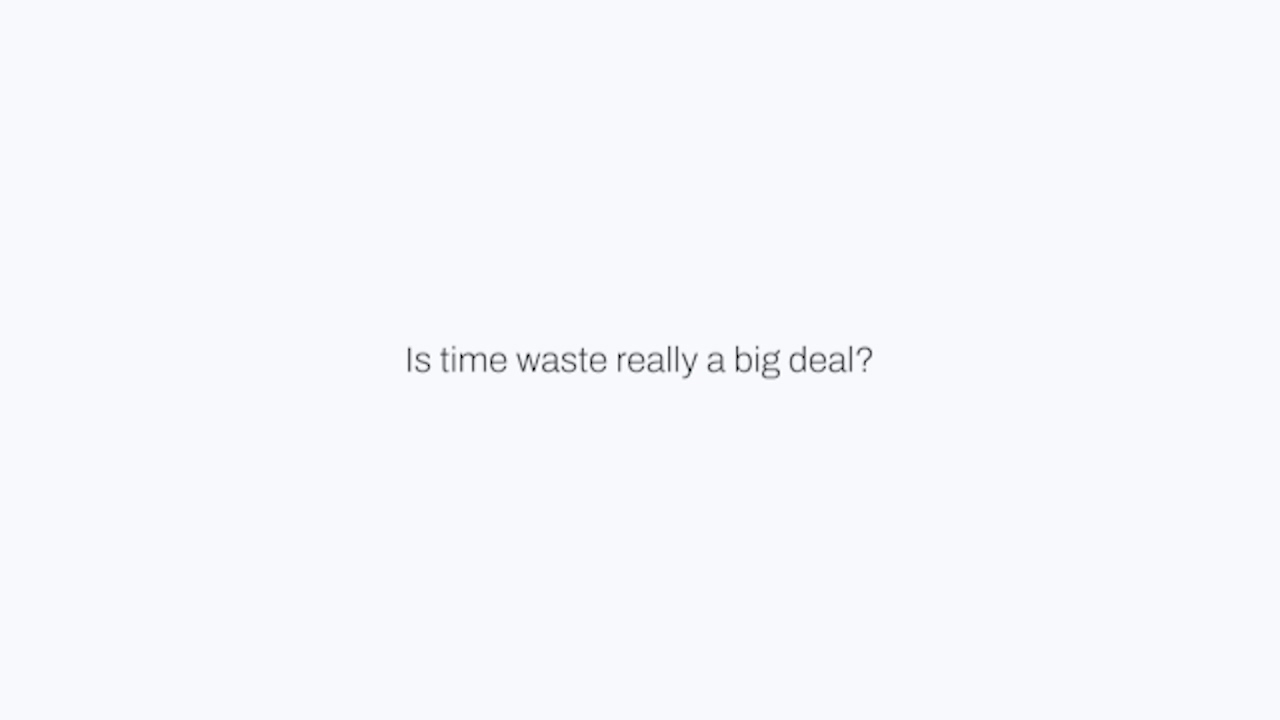Interview with Erez Dror: Pt. 3 - Let's talk waste.
Chere Lucett:
Let's talk a little bit about time as a product of flow, and specifically about waste when it comes to not only like we talked about resources, but the time associated with that, if we can jump into that a little bit in your perspective.
Erez Dror:
Yeah, of course. First of all, I'll start by saying it all comes from lean management, and eventually lean construction. At the end of the day, our most expensive resource on site are laborers. It's roughly 40% of a project budget. You want your laborer or your human resources, let's call it. It's not only laborers, it's supers, it's [inaudible 00:00:47] engineers, it's every human on the project, to spend as much time as possible, adding value to the project. If you're a worker, it'll be best if you will paint as much as you can. Obviously, you need time to get to where you need to work, to bring your materials in some cases, which is some, you need to go to the restroom, eat lunch, which is all part of the process, but the idea is to figure out how much time or what time is spent on time that is not productive and trying to minimize that.
Erez Dror:
Give an example, just to take it to the ground, if I need to bring my materials from the ground floor and I'm working on the 30th floor and [inaudible 00:01:36] quite well with the story we talked about [inaudible 00:01:38]. So let's say I'm a painter, a professional painter. I'm earning quite a few dollars and spending my time going down to the bottom floor and then going up, it can take over 30 minutes because the hoist is always delayed, for many reasons. The time I'm spending on that is considered waste. We want to reduce that to the minimum as possible. What we can do, and that's one of the things we offer to our clients, is saying, "We see that's the amount of time wasted." We show them data that supports or that highlights the size of the problem. Then they can send a junior worker to bring the material, someone that's earning maybe a third because it ends up to money at the end of the day, a third of what the skilled workers do.
Erez Dror:
We're not trying to say that they don't need breaks. They need breaks. But it is that in their break, they're resting. So if in their break, they need to go travel down in the hoist, it's a lose, lose situation. The worker is not resting and the work is not being done. So when we look about waste in related to time or that's it, we want to understand how much time is being spent on unproductive tasks and then figure out why and how do we eliminate that? That's more or less what Genda is all about, [inaudible 00:03:01].


.png)